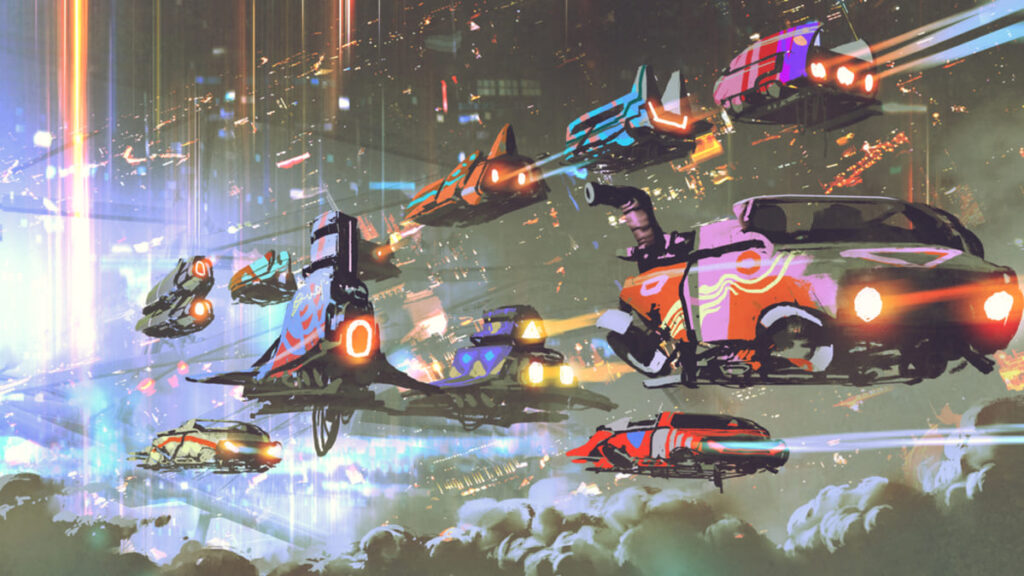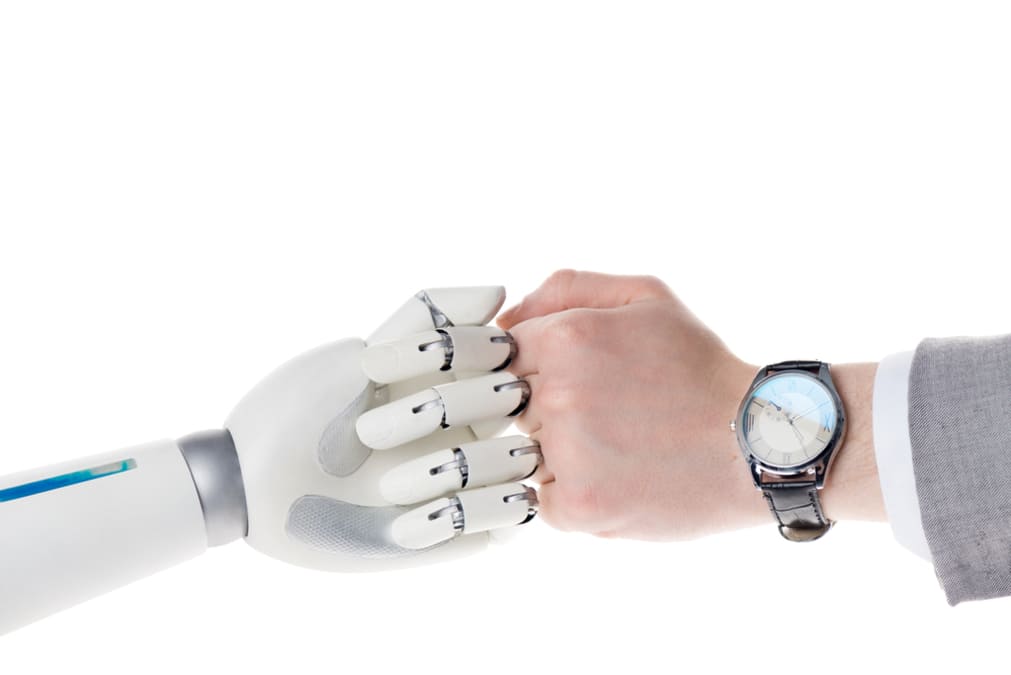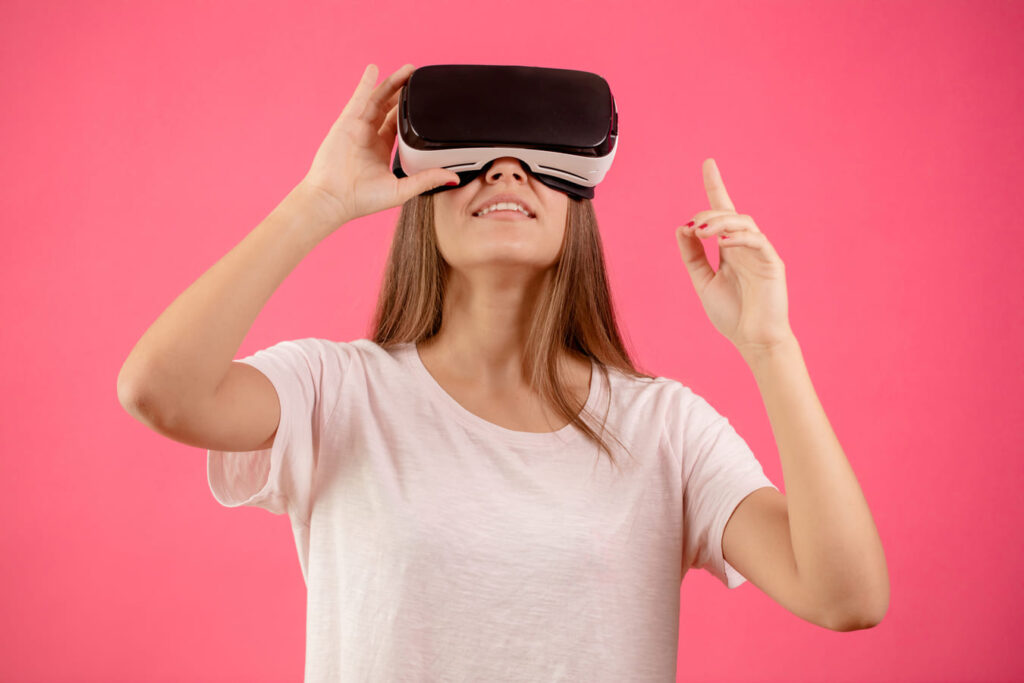As we journeyed into the new millennium, the world brimmed with anticipation for the technological wonders the future would hold. Visionaries, experts, and enthusiasts alike made bold predictions about the shape of the tech landscape in the years to come. Yet, hindsight is 20/20, and many of these forecasts were hilariously off-target.
Table of Contents
Flying Cars by 2010

The concept of flying cars has been a staple of science fiction for decades. The 2000s brought with it a renewed hope that this dream would soon become a reality. Visionaries painted pictures of urban skies dotted with personal vehicles, making the daily commute a breeze and eliminating the need for expansive road networks. Companies invested millions into research, and prototypes were showcased to the world. Yet, the challenges—ranging from safety concerns air traffic control complexities to regulatory hurdles—proved formidable. Today, while we see advancements in drone technology and some flying car prototypes, the dream of routinely hopping into a flying car remains in the distant future.
The Death of the Book

The digital age brought with it the rise of e-readers like Amazon’s Kindle, leading many to predict the end of traditional books. The convenience of carrying thousands of books in one device, the ability to instantly download titles, and adjustable font sizes seemed to spell doom for the printed page. However, the tactile experience of holding a book, flipping its pages, and the unmistakable aroma of paper proved irreplaceable. Independent bookstores have seen a resurgence, and many readers still prefer the sensory experience of reading a physical book. The book, it seems, has weathered the digital storm.
Wearable Tech Everywhere

The turn of the millennium saw tech enthusiasts predicting a future where technology would be woven into the very fabric of our daily attire. Beyond just smartwatches, we were told of shoes that would charge our devices as we walked, shirts that would monitor our vitals, and hats with built-in displays. While some wearable tech, like fitness trackers, gained popularity, many of the more ambitious ideas remained in the realm of prototypes or niche products. Practicality, fashion sensibilities, and cost factors played a role in this tempered adoption.
The End of Physical Media

The rise of platforms like iTunes, Netflix, and Spotify seemed to herald the end of CDs, DVDs, and Blu-rays. Why buy physical media when you can stream or download content instantly? Yet, there remains a dedicated market for physical media. Vinyl records have seen a resurgence among audiophiles and collectors. Film enthusiasts argue that the quality of a Blu-ray still surpasses streaming. Moreover, there’s a tangible joy in owning, displaying, and physically browsing through a collection.
Robots in Every Home

The promise of a personal robot assistant in every home was tantalizing. Visions of robots cooking meals, doing laundry, and even engaging in conversation were painted. While we’ve seen significant advancements in robotics, the multifunctional home robot remains elusive. Today’s robots, like the Roomba, are designed for specific tasks. The challenges of creating a robot that can navigate the complexities of a home environment, understand and interact with its human inhabitants, and perform a wide range of tasks are still being tackled by scientists and engineers.
Virtual Reality Replacing Real Life

The concept of virtual reality (VR) has been around for decades, but the 2000s saw a resurgence in interest with the development of more advanced VR headsets. Many futurists predicted that we would soon be spending more time in virtual worlds than in our real ones, with daily activities, work, and even social interactions taking place in a digital realm. Movies like “The Matrix” and “Ready Player One” painted vivid pictures of such futures. While VR has indeed made significant strides, especially in gaming and specific training applications, it hasn’t replaced our day-to-day reality. The tactile, emotional, and spontaneous nature of real-world experiences remains unmatched.
The Decline of Mobile Phones

In the early days of mobile technology, some skeptics believed that mobile phones were just a luxury or a novelty that more advanced communication tools would replace. The idea was that other devices or methods would come along and render the mobile phone obsolete. Fast forward to today, and smartphones have become ubiquitous. They’re not just for calls and texts anymore; they’re our cameras, maps, entertainment centers, and so much more. The smartphone revolution has reshaped industries and has become central to our daily lives.
The Internet is Just a Fad

It might sound laughable now, but in the early days of the World Wide Web, some critics dismissed the internet as a fleeting trend. They believed it was a tool for academics and tech enthusiasts, doubting its mainstream potential. Today, the internet is the backbone of modern society, driving everything from commerce and communication to entertainment and education. It’s a testament to how transformative and foundational technologies can be underestimated in their infancy.
Overnight Battery Charging

As tech devices became more advanced, there was a prevailing belief that these gadgets would demand longer charging times. The thought was that as devices grew more powerful, they’d need extensive periods, perhaps even overnight, to recharge. However, technological innovations have consistently defied this prediction. With the advent of fast-charging technologies, many devices can now be charged in a fraction of the time initially anticipated, making our tech lives even more convenient.
The Failure of Social Media

In the early days of platforms like MySpace and Friendster, many critics believed that social media was just a passing phase—a trend that young people would eventually outgrow. The idea that people would share their daily lives, thoughts, and pictures with a broad audience seemed unsustainable to some. Yet, social media platforms have not only persisted but have grown exponentially. They’ve transformed how we communicate, get our news, and even how we perceive ourselves and the world around us. Social media’s influence on culture, politics, and personal relationships is profound and undeniable.
Predicting the future is no easy task. While we’ve seen incredible advancements in technology, there have also been plenty of predictions that missed the mark. It’s a reminder that the tech world is ever-evolving, full of surprises, and always keeping us on our toes. Who knows what the next decade will bring? Maybe those flying cars aren’t too far off after all!








